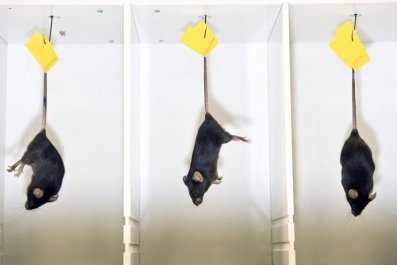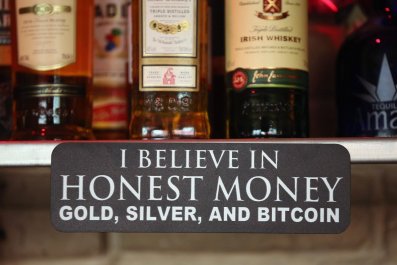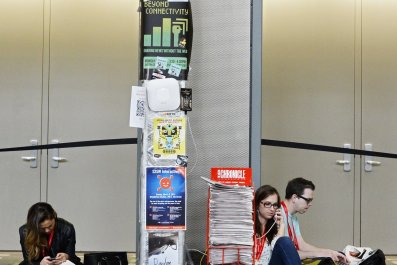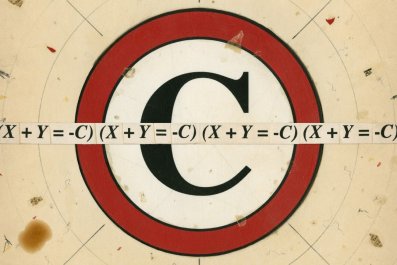In 1928 on the eve of the Great Depression, Herbert Hoover coined the phrase "rugged individualism" to encourage Americans to help themselves and not look to government for assistance. Whether by choice or by circumstances, more Americans today are heeding Hoover's advice when it comes to work.
During the Great Recession and its immediate aftermath, a four-year period from 2007 to 2011, the number of single-person businesses increased 4 percent. During the same period, the number of people employed in traditional jobs dropped 6 percent.
The figures are enormous. The number of single-person businesses increased by 800,000, from 21.7 million to 22.5 million from 2007 to 2011. Compared with companies with employees, nonemployer firms make up three-quarters of all U.S. businesses.
According to the U.S. Census, most of the self-employed operate unincorporated businesses that may or may not be the owner's principal source of income. Overall, working for yourself doesn't seem to pay particularly well, though. The number of single-person firms is about 15 percent of the workforce, but those firms take in only 3 percent of all business receipts.
Along with high unemployment and sluggish job growth, the expanding ranks of the self-employed may reflect a weak labor market, as opposed to a growing desire to strike out on one's own. For some time now, companies have been saving lots of money by shrinking their workforces and outsourcing work to freelancers and consultants, who typically aren't paid benefits.
The pioneers who settled the American West were rugged individualists that Herbert Hoover would have approved of. But most of those pioneer families struggled for years to make ends meet and were delighted when railroads and factories offered steady work at good pay. Today's rugged individualists have lots to be proud of, and as the labor market improves, they should have brighter days ahead.





















